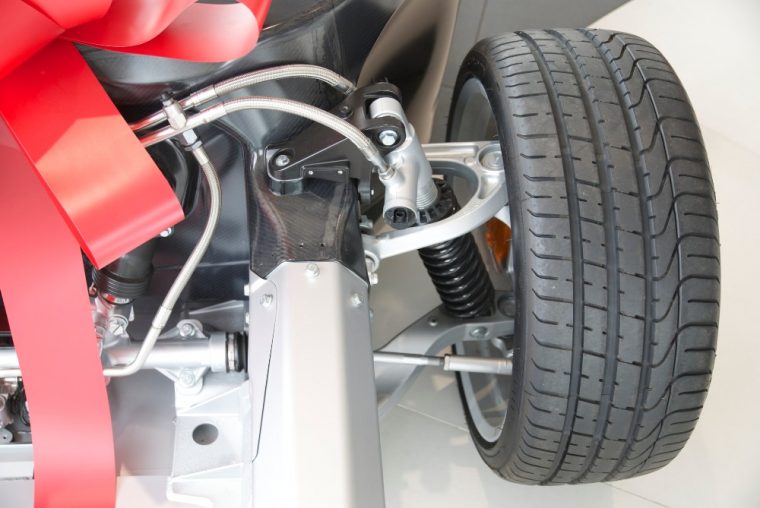Car Tech Explained: Magnetic Ride Control

Suspension systems that don’t use adjusting shock absorbers can’t provide the same combination of handling and comfort as Magnetic Ride Control
Photo: © Bill Abbott
If you’ve ever found yourself reading an article in Car and Driver magazine, came across the term Magnetic Ride Control, and had no clue what it meant, then please don’t feel embarrassed as this technology is one of the most complex that’s currently offered by the auto industry.
To put it plainly, Magnetic Ride Control is the quickest reacting suspension system on the planet. This innovative system uses an Electronic Control Unit (ECU) and multiple sensors to read the condition of the road up to 1,000 times in just one second. This means it can read every pothole, crack, and twist in a particular road and can then automatically adjust the shock absorbers to improve ride quality, reduce vibrations, and enhance the vehicle’s cornering abilities.
DIY Car Care: Find out how often you should really be rotating your tires
This type of suspension is able to react this quickly because each shock absorber is filled with a unique polymer fluid that includes a large number of small magnetized iron particles. These shocks are wrapped in electromagnetic coils and when an electric charge is sent to the liquid, the fluid can instantly alter its viscosity level from that of a free flowing liquid to a nearly solid state that’s comparable to rubber. This allows the driver to use soft suspension settings during a leisurely commute down a county road, while also being able to switch to firmer settings in order to improve the vehicle’s performance at the track.
At the end of the day, the purposes of Magnetic Ride Control are to manage the position of wheels, keep body movement under control, and provide increased handling capabilities, as well as ride quality. Many other suspension systems are not able to deliver the same combination of comfort and handling that Magnetic Ride Control provides.
The 2002 Cadillac Seville STS was the first vehicle to come equipped with Magnetic Ride Control. In the years since, GM has been able a develop third-generation version of its Magnetic Ride Control technology that features a competitive drive mode, which is able to modify the settings of its traction and stability control systems.
A few General Motors vehicles that are available with Magnetic Ride Control include the upcoming 640-horsepower Camaro ZL1, seventh-generation Corvette sports car, and the Sierra 1500 Denali pickup truck.
Helpful Hints: These 6 tips can help protect your car from sustaining damage in the hot weather
Video: What is Magnetic Ride Control?

The News Wheel is a digital auto magazine providing readers with a fresh perspective on the latest car news. We’re located in the heart of America (Dayton, Ohio) and our goal is to deliver an entertaining and informative perspective on what’s trending in the automotive world. See more articles from The News Wheel.


